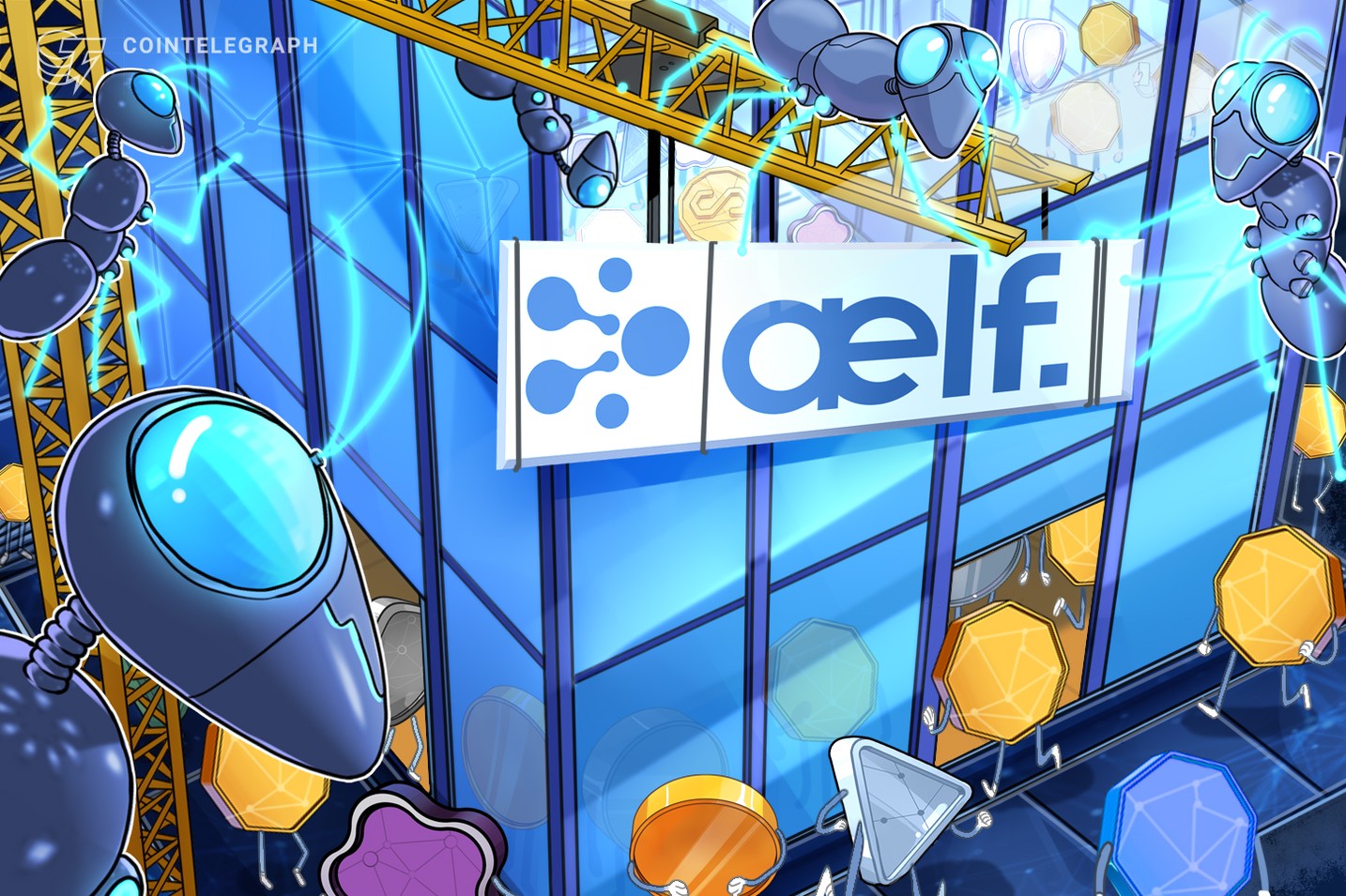Blockchain will continue to be considered in its early stages of maturity until it reaches widespread adoption among institutions. With institutional adoption, access to the technology could be in reach for those who currently lack the technical skills necessary to understand how it works. Users may notice a parallel very similar to the early days of the internet. Unfortunately, like the early dot-com days, the blockchain still faces several challenges that must be overcome before any analyst will agree the technology has matured.
Among the most significant challenges facing commercial-scale adoption is the inability to meet multiple, diverse and complex business scenarios. Therefore, making the “one-size fits all” blockchain approach utilized by other chains today too complex to guarantee the future success of the technology. Most chains focus on one area of benefit, such as high frequency or greater security, but this will often come at the expense of decentralization, cost or speed.
Ian, a team member from aelf, shares that this is possible through the platform since “each node within their network is an independent cloud computing center,” which allows their solution to “carry multiple chains.”
Qi Ai, the PR specialist at aelf, adds, “as a public blockchain, it’s fast, cheap and gives users freedom. With these three features, [aelf] can become a one-stop layer two solution” aimed to “break the industrial bottlenecks,” which include performance, lack of cross-chain functionality and a poor user experience. The impact of the impending benefits has been evident in the team’s recent mainnet swap.
Assessing commercial solutions
aelf is designed as a customizable OS, the equivalent of a “Linux system” for blockchain. Considering Linux as an example, the Linux Kernel and other Linux versions make up a greater Linux family. The Linux Kernel addresses the critical parts within this family, while other developers can address the customized systems. aelf operates with a similar system, where the whole network is built in the platform’s innovative multi-library selection structure, enabling unlimited scalability and lower costs.
With this back end, industrial bottlenecks can be easily addressed. For example, when considering performance, the team’s development framework for enterprises can approach 35,000 transactions per second (TPS) on a single chain, which can then be multiplied to as many additional chains as needed. Therefore, the concept of traffic jams on aelf is virtually non-existent. The team also shares their plan to set the service fee at $0.10 to ensure users could gain the benefits of high performance while still maintaining a lower cost for users. To illustrate these highest costs, Qi Ai shares the example of sending a message. Here, they encourage users to imagine a $50 gas fee on-chain associated with each message sent, a scenario that is pretty unrealistic for an average user.
On cross-chain functionality, aelf has also created an oracle that helps retrieve off-chain data and digital assets. Furthermore, the versatile oracle will allow for two-way communication to concur between projects.
Finally, concerns around user experience are believed to be addressed with diversified projects, allowing users to have a more comprehensive experience with the aelf platform.
Supporting the business solution for blockchain
The team shares how important and significant their ecological vision is. It includes node election, hackathon and sidechain auction, with node election being the main focus.
Nodes are the decision-makers during the creation of sidechains, including an amount of staking tokens, the unit price of index fee, etc., the determination of sidechains withdrawal, the qualification of the developer’s proposal and many more.
In addition to earning rewards, blockchain participants can use tokens as currency within the aelf ecosystem for several fees, including transaction fees and section index fees, for holding as delegated consensus liquidity or to participate in voting.
To help extend the use of the aelf ecosystem and encourage new users to take part in its growth prospects, the team has designed a bonus mechanism.
Now during the AEDPoS consensus operation on the aelf main chain, weekly transition behavior occurs. Following each session, the aelf mainnet consensus contract generates a N*0.125 ELF dividend, where N represents the number of blocks. These dividends will be injected into the bonus pool proportionally as a node incentive. Currently, the highest weekly return rate was 146.91% (the equivalent of 7639% annual percentage yield).
Disclaimer. Cointelegraph does not endorse any content or product on this page. While we aim at providing you with all important information that we could obtain, readers should do their own research before taking any actions related to the company and carry full responsibility for their decisions, nor can this article be considered as investment advice.
